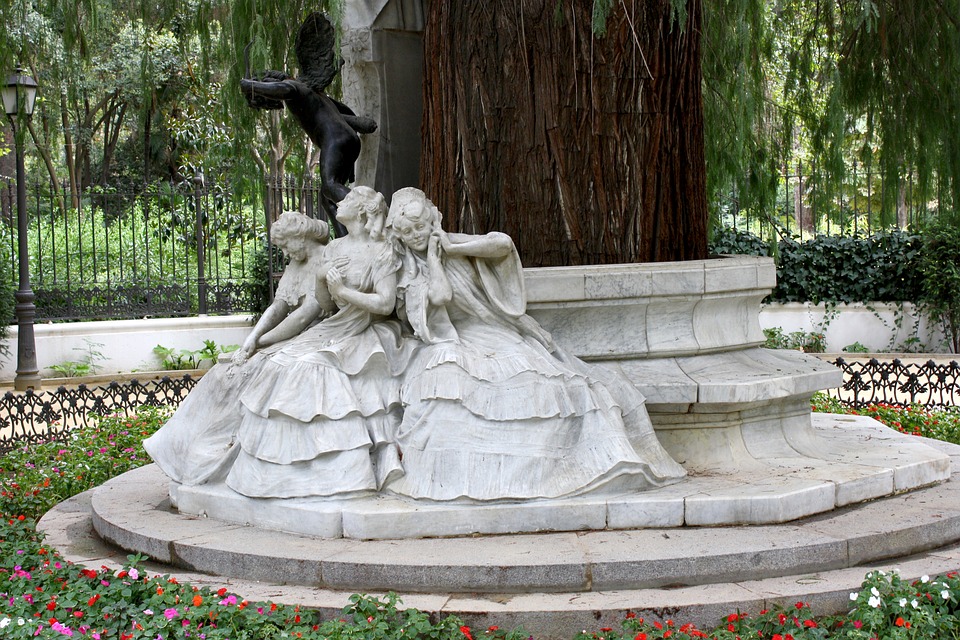Caliphal Silverware in Spain
Country of the crafting: Spain
Region of the crafting: Andalucia
Town of the crafting: Cordoba
Type of the crafting: Jewellery
1. Geographic area
This work is located in spain more specifically in the province of andalusia and specifically in the city of Malaga.
2. Craft characteristics
This work consists of the manipulation of precious metals to obtain jewels. such metals are gold, silver, bronze… and with them you get to create earrings, necklaces.
3. Process
Solid forms are obtained mainly by lost-wax casting and coining. Hollow tubular shapes are mainly obtained by drawing sheet metal on a copper or aluminium core Solid wire and sheet metal forms are mainly obtained by drawing and rolling.
After defining the most basic concepts and considerations related to the manufacture of jewellery elements, the following posts include a brief description of the different most widespread techniques.
4. Used materials
Are used for the manufacture of: metals, glass, precious or semi-precious stones, minerals, bones, fossils tools are used such as: Jewelry bench. Pliers, Pusher, Bevel Burnisher: to secure stones, fine, medium and large files, Hammers, Sandpaper.
5. History
The caliphal filigree is a handmade jewelry made according to the traditional methods of Andalusian jewelry of the tenth century. Inspired by the decoration of the mosque and the palatine city of Madinat Al-Zahra in Cordoba.
The main material is 925 thousandth silver covered with white gold with special glazed ceramic for metals. the caliphal craft technique s include the melting of the raw material, using the same copper-silver alloy that was used during the caliphate, as established by the Law of Metals.
The techniques used to decorate the pieces include secret alchemical formulas on how to apply ceramics, such as those used in tiles, but in the glazing of the jewels.
Since the Middle Ages, Cordoba has been an outstanding centre of silver production in Europe, with an important organized guild of silversmiths since then.









